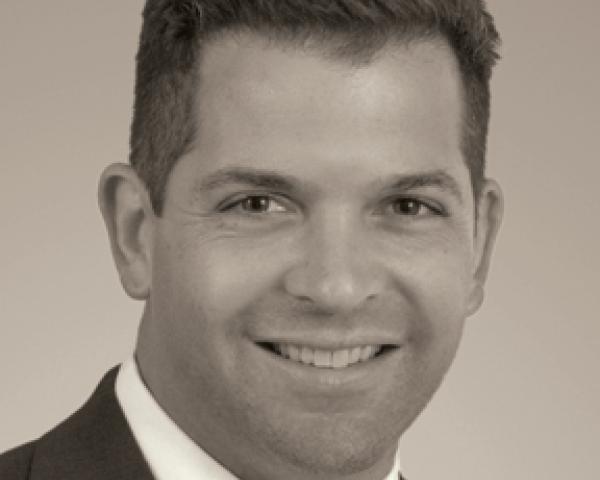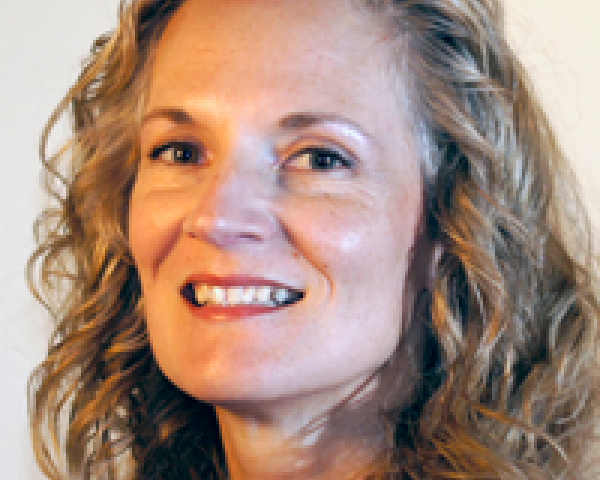Building on T.J. Geelen’s blog post about
, I’d like to share with you some insights relating to the emerging insurtech ecosystem in the region. Although insurtech in Asia is in its infancy, since 2015 we’ve seen a surge of interest. By the way, I’m a big believer that Asia has a real potential to power the next wave of global insurance innovation.
Four flavors of insurtech
First, let’s revisit the definition of insurtech to make sure we are all on the same page. Essentially, there will be three major camps of insurtech: one that enhances existing insurance structures, another one that aims to disrupt by providing alternative digital risk transfer mechanisms and the third type coming from existing insurance firms attempting to defend their existing market positions. The first and third types broadly can be broken into the following sub-types:
- Product sales/distribution (aggregators, online portals, apps)
- Risk management (IoT, healthtech, blockchain)
- Fraud detection/prevention (big data, machine learning)
- Claims management (big data, machine learning, vendor network management solutions)
- Service management (chatbots)
- Investment management (portfolio optimization, asset/liability matching)
The second type attempts to drive an end-to-end structural innovation, either removing part of the structure or fully digitizing it.
Why Asia for insurtech
Asia is attractive from both an insurer and an insurtech perspective due to the size of its significantly underinsured population. The region has traditionally seen a large part of the risks self-insured through family and community networks. As the region experiences rapid growth in the affluence of its population, together with an aging population, the risk exposure is becoming even more apparent, and the need for alternative risk transfer mechanisms, including insurance, increases. Insurtech, alongside traditional insurance, can help.
Further, there are near-perfect locations for the launch of a program. Singapore, for one, allows for sandboxed experimentation, regulatory support and advanced tech infrastructure. Limitations of traditional insurance distribution channels and the rapid increase of 4G mobile penetration mean that insurers are also highly interested in exploring innovative partnerships that help them connect with potential customers.
See also: Matching Game for InsurTech, Insurers
Insurtech in Asia
Asia is a very diverse region and has a mix of developed and emerging countries. So far, the major push for insurtech has come from China, India, and Singapore, while Japan, Korea and emerging Vietnam, Cambodia, Taiwan, Philippines, Thailand, Indonesia, Malaysia and Burma have lagged. (While Australia and New Zealand are geographically close and are very well integrated in the Asian region, the markets are much more ”Westernized” and hence are less applicable to this blog post.)
There’s China, and then there’s everyone else when it comes to insurtech. The first full stack (end-to-end) innovator, Zhong An, is valued at a massive $8 billion and raised $931 million. It accounts for more than a third of the global insurtech funding in 2015. It is also worth mentioning TongJuBao (peer-to-peer) insurer and FWD (Asia’s second-richest family’s insurance venture, which is re-positioning itself from traditional insurer to an agile digital insurance competitor).
India, another vibrant insurance market, has seen its insurtech innovation focus mostly on distribution. Not surprisingly, two of the major aggregators come from India: Policy Bazaar and CoverFox have seen healthy level of customer take-up as well as sources of funding. CoverFox has recently expanded its service proposition, now assisting customers with their insurance claims.
Being based in Singapore, I have a particularly detailed view of the insurtech landscape in Southeast Asia. So far, I have gathered the following mapping of Asia insurtech startups as they fit within the insurance value stack. There’s a mix of very-early-stage as well as more mature Series A and listed ventures. The list keeps growing.
Please feel free to comment and reach out if you come across any additional startups that I’ve missed out in the list below, and I’ll update it.
| Area: |
Distribution
|
Actual Losses
|
Operating Insurance Co.
|
| Value: |
20%
|
55% Losses + 5% Fraud
|
20%
|
| Role: |
Aggregators
Leads Generation
Customer Transactions
|
Improving risks
Fraud detection
Rewarding healthy
|
Risk assessment
Loss adjustment
Operational/Service Efficiency
|
| Start-ups: |
Policy Bazaar (Aggregator)
CoverFox (Aggregator) |
Health/House-front
Latize (Fraud) JustMove (Health)
Uhoo (Health IoT)
Harti (Health) |
WaveCell (Comms platform)
Fixir (Finding repair garage)
MyDoc (Health claims)
Stash.ph (Health claims) |
| GoBear.sg (Aggregator)
Cxa (Employee benefits)
PolicyPal (Policy mgm.)
UEX (Group policies) |
|
Zhong An (General Insurance) CH
TongJuBao (Peer to Peer Insurance) CH
|
|
DirectAsia (Direct General Insurance) SG
FWD (General / Life Insurance) HK
Singapore Life (Upcoming Life Insurance Startup) SG
|
Corporate insurtech
Singapore, with its advanced infrastructure and innovation-supportive financial services regulator (MAS), has secured a leadership position for Asia’s corporate insurance innovation as reflected by the high concentration of insurance innovation centers. Eight of 10 Asian insurance innovation centers are based in Singapore. The innovation centers are powerful corporate change catalysts and typically include elements of awareness building and cultural transformation.
| Firm |
Innovation Center |
Country |
Focus |
Status |
| Aviva |
Digital Garage |
Singapore |
Digital Transformation |
Active |
| Manulife |
Loft |
Singapore |
Digital Transformation |
Active |
| MetLife |
LumenLab |
Singapore |
New business models |
Active |
| Allianz |
Digital Labs |
Singapore |
Digital Transformation |
Active |
| AXA |
Data Innovation Lab |
Singapore |
Big data |
Active |
| AIA |
Edge |
Singapore |
HealthTech |
Active |
| Munich Re |
Innovation Lab |
China |
General Insurance |
Launched Q1 2016 |
| Swiss Re |
–
|
India |
IoT, AI, Big data |
Planned July 2016 |
| IAG |
–
|
Singapore |
–
|
Rumored 2016 |
| NTUC |
–
|
Singapore |
–
|
Rumored 2016 |
In summary, Asia is a region to watch when it comes to insurtech. Whether it be the home-grown insurance innovation from China and India, corporate innovation from Singapore or innovation concepts imported from elsewhere and deployed in Asia, the region is likely to deliver a vibrant insurtech ecosystem during the course of the next two to three years. And when the dust and excitement settles down five years down the road, we’ll have a fundamentally stronger set of competitors.
Wanting to accelerate insurance innovation, we’ve created InsurtechAsia, an action-oriented community of insurance practitioners, entrepreneurs and industry stakeholders across Asia. We are aiming to attract the best minds to tackle the challenges and opportunities in insurance, connect entrepreneurs with the best enablers, validate concepts and help business scale rapidly.
See also: New Insurance Models: The View From Asia
A dedicated and company-agnostic insurtech accelerator, such as Startupbootcamp InsurTech, which was launched in London in late 2015, would go a long way to spur further insurance innovation here in Asia. We eagerly await the day when Startupbootcamp InsurTech will come to Singapore.
Are you passionate about making a change to the insurance industry? If so, join us at
www.insurtechasia.com and follow this great team of like-minded people on Twitter: @insurtechasia.
























